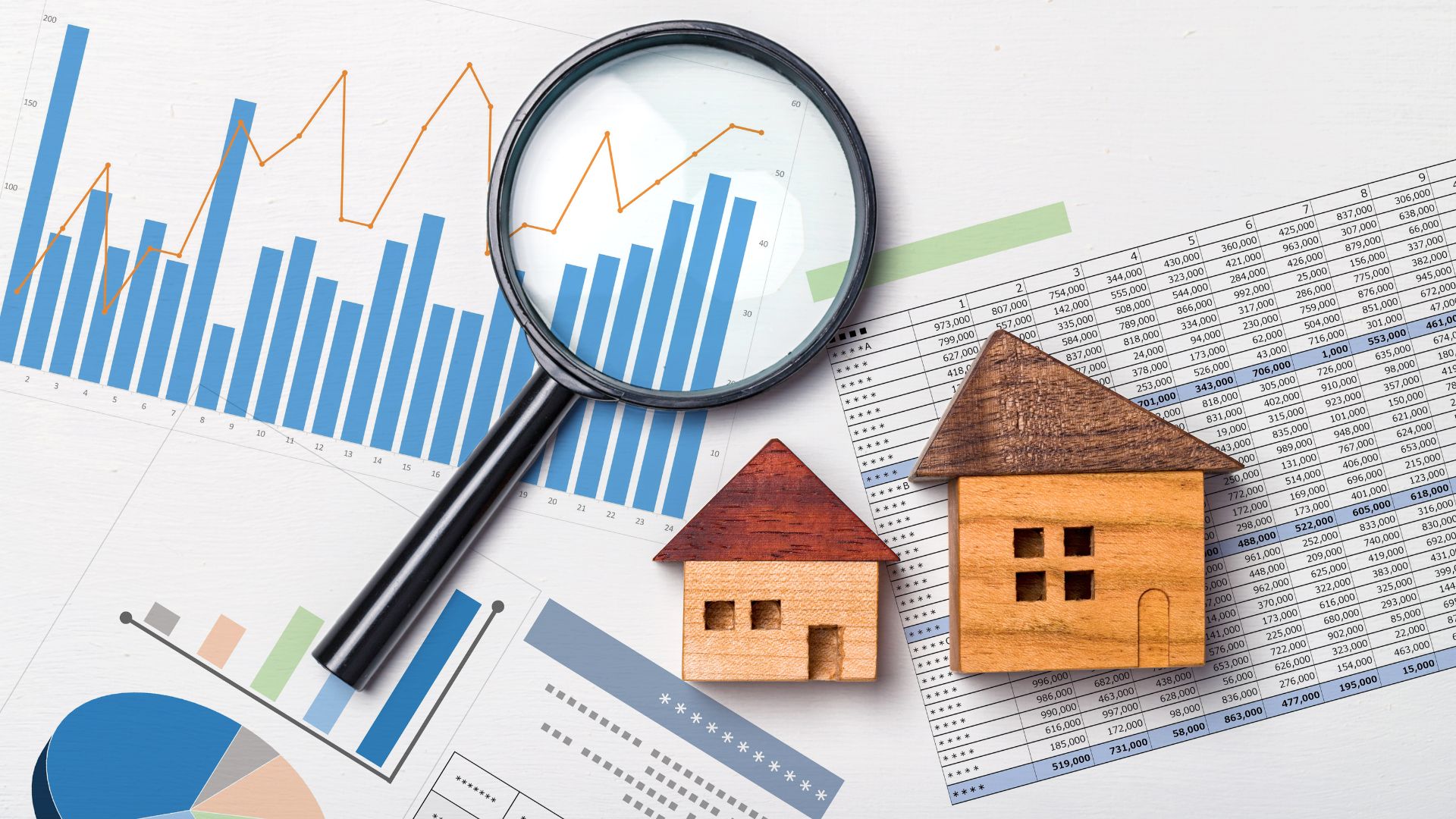An acquisition must have value-add potential Simply put, we want to be able to force appreciationThe increase in the value of a property over time, usually due to factors such as market demand, economic growth, infrastructure improvements, and inflation. View Definition, and create value for our investors. We’ve talked about some of those value-add strategies in the past, and we’re not always going to be able to execute all of them. But there has to be a story and a clear path for how we can improve on the asset and/or the operations.
Compared to investments in equities, the real estate we buy is a hard asset. It’s not going anywhere overnight, and there is inherent value in the land, the building itself, and the operational income it produces. As the stock market becomes more and more volatile, it’s nice not to be subject to those big swings and watching our values swing day after day.
There is capital preservation–even in the worst of times. We’re not trying to pick on stocks specifically, but anytime you could conceivably lose all of your investment in a single day, we have a hard time putting our money behind that. We believe that by investing in apartments, you are eliminating the lion share of that risk. For all of our deals we perform a sensitivity analysis during our due diligence, and on average our assets are going to be cash flowThe money that is left over each month or year from the property's income after paying for operating costs, mortgage, taxes, and other expenses. Positive cash flow occurs when the income exceeds the expenses, while negative cash flow indicates that the property's expenses are higher than the income it generates. View Definition neutral at an occupancy of below 80%. That means that if we had a sustainable period of time where occupancy was below 80%, investor capital, and the asset itself would remain intact. In 2009, the worst recession of our lifetime, the average occupancy in both Austin and San Antonio was about 87%–and that lasted no more than 18 months. Pretty comforting numbers that compel us to keep buying.
5-7 year hold periods can weather economic downturns. Between 1854 and 2009, there were 33 defined business cycles. In those cycles, the average time of a downturn/recession was less than 18 months. Given that our deals average 5-7 year anticipated hold periods, these investments are able to operate through any downturn, and wait for an opportune time to exit when the economy is in a bright spot.
What goes up when the stock market is in decline, wages are stagnant and single family home values are plummeting? Rental rates. When looking at the last 25 years of average U.S. Home Price Index (blue line) you’ll see some exciting highs and absolutely depressing lows. Look at how rental rates (red line) have changed over that same period of time. Growth is constant in an upward direction. If you’re able to cash flow on a mutli-family property day 1 and you manage the operation’s costs, you should be able to continue to generate a growing profit year over year.

Source: https://fred.stlouisfed.org/

Andrew Campbell is a native Austinite and Managing Partner at Wildhorn. He is a real estate entrepreneur who first broke into the business in 2008 as a passive investor. In 2010 he transitioned into active investing and management of a personal portfolio that grew to 76 units across Austin and San Antonio. He earned his stripes building and managing his personal portfolio before founding Wildhorn Capital and focusing on larger multifamily buildings. At Wildhorn, he is focused on Acquisitions and maintaining Investor Relations, utilizing his marketing and communications background to build long-term relationships.







